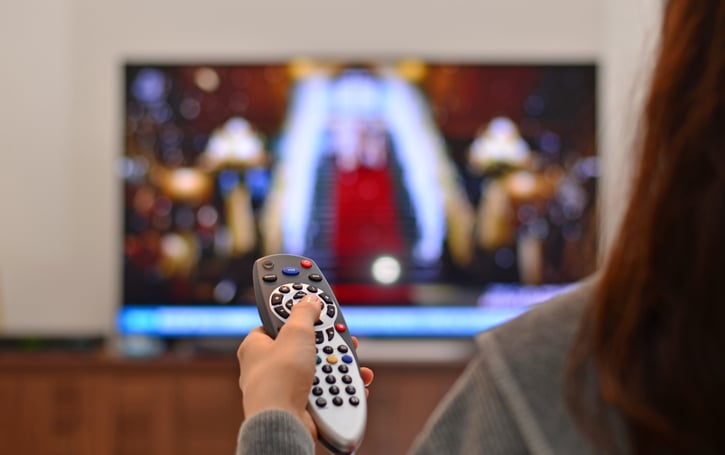
Many people believe that TV advertising can no longer reach large masses or won't allow them to achieve their marketing goals. In reality, however, TV advertising may prove considerably more useful than you think. Have you been wrestling with these misconceptions about TV advertising or struggling to determine whether TV has the potential to help you accomplish your goals? Here are the top misconceptions around television advertising and why they just simply aren’t true.
Misconception #1: TV Doesn't Work Anymore
Many marketers believe that TV no longer has the power to help them accomplish their goals. The truth is that TV is highly effective. When combined with digital advertising, adding TV increases purchasing intent by as much as 15%. TV also increases the amount of time consumers spend with ads, improving overall brand recognition.
TV also increases the amount of trust consumers have in your brand. While consumers might worry that digital ads aren’t truthful or will lead them to a brand that isn't trustworthy, they usually have a higher overall degree of trust in brands that they see on TV.
Misconception #2: TV Advertising is a Waste of Ad Dollars
You have a limited advertising budget that determines how much you have to spend on any given ad or campaign. Sometimes, marketers believe that TV ads are a waste of ad dollars that could be spent in other, more practical ways.
However, TV ads can return as much as 300% to 500% on your investment. They can also increase brand recognition, improve brand awareness, and help consumers put a face to your business, making them more likely to trust you. Often, advertisers struggle to recognize their TV ads’ full effectiveness because they do not know how to calculate that investment return effectively.
Misconception #3: TV Advertising is Too Expensive
To many marketers, TV advertising sounds like an expensive medium, especially compared to digital advertising. While you might be able to put together an inexpensive digital ad, it may not have the reach and effectiveness you're hoping for. On the other hand, TV advertising often has a broad reach and can help you connect with a wide range of potential consumers.
TV advertising can be adapted to fit within your budget. Connecting with a media partner can help you to better understand what options you have for advertising your brand on TV. You can frequently find a TV ad option that will allow you to accomplish your goals while staying on budget. You may consider sponsoring a specific segment or putting together ads of different lengths based on your budget and the message you want to convey.
Misconception #4: You Can't Target a Specific Audience with TV
Digital ads allow for a very high degree of targeting. You can target users based on particular behaviors or demographics, especially on social media or through search ads. TV, on the other hand, seems designed to cast a wider net.
In reality, you can target your TV ads more tightly than you think. You can target your TV ads by geographic area, taking your ads directly to consumers who live in your local area and are most likely to benefit from your services. Just like consumers have specific behaviors online based on their demographic information, they may have specific viewing behaviors. For example, an older demographic might focus on watching daytime television, or on catching the news every day. You might find that your target market regularly watches specific programs or is more likely to tune in at a particular time of day. A media partner can help you understand the behaviors of your target market and how to get your TV ads in front of them.
Misconception #5: People Don't Pay Attention to TV Commercials
While it's true that people often engage in distracted behaviors while watching TV, including using other devices while they watch, that does not necessarily mean that they are ignoring your ads. In fact, viewers often passively consume information from commercials. Attention-catching ads can help direct them back to the TV. Those distracted behaviors, especially using a cell phone while watching TV, can also work in your favor: consumers can take action immediately after viewing your ad, rather than relying on memory to bring them back to your brand later. Passive consumption of TV ads can also help increase overall brand awareness and recognition.
TV advertising works, often more effectively than you might think. In fact, right now, many people are spending more time watching TV than they have in the past. By working with an experienced media partner, you can find a TV advertising option that fits in your budget, helps you connect with your target audience based on their specific viewing behaviors, and improves brand awareness.






